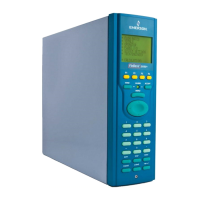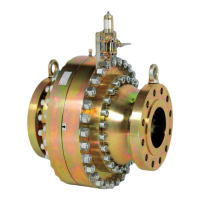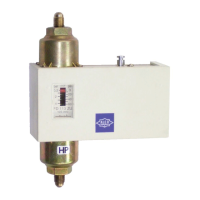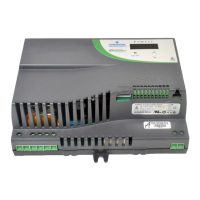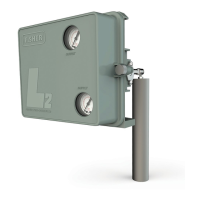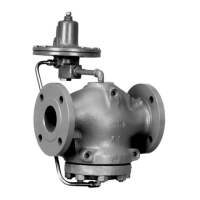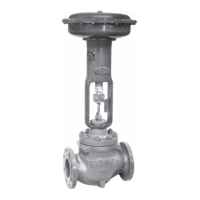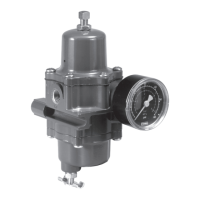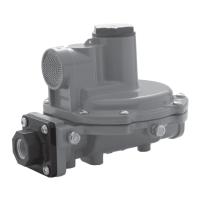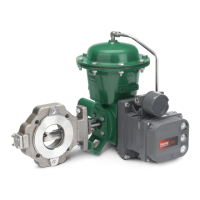FloBoss 107 Instruction Manual
4-22 Inputs and Outputs Revised June-2017
4.14 Resistance Temperature Detector (RTD) Input
The resistance temperature detector (RTD) on the CPU monitors the
temperature signal from an RTD source. The RTD can accommodate
input from a three- or four-wire RTD source. The RTD has a
measurement range of 40 to 400°C (40 to 752°F). The terminals for the
RTD wires are labeled “RTD” on the CPU.
The active element of an RTD probe is a precision, temperature-
dependent resistor made from a platinum alloy. The resistor has a
predictable positive temperature coefficient, meaning its resistance
increases with temperature. The RTD input works by supplying a small
consistent current to the RTD probe and measuring the voltage drop
across it. Based on the voltage curve of the RTD, the FB107 firmware
converts the signal to temperature.
The RTD input draws power for the active circuitry from lines on the
backplane.
It may be more convenient to perform calibration before connecting the
field wiring. However, if the field wiring between the FB107 and the
RTD probe is long enough to add a significant resistance, then perform
calibration in a manner that considers this. (According to RTD charts, as
little as 0.23 ohms adds 1°F.)
During operation, the RTD is read every scan period. The value from the
RTD is linearized, and then it is sent to processing as an analog input.
The AI routine converts this value to engineering units, and checks
alarming.
4.14.1 Wiring the RTD Input
Temperature can be input through the resistance temperature device
(RTD) probe and circuitry. An RTD temperature probe mounts directly to
the piping using a thermowell. The RTD measures the flowing
temperature.
Protect RTD wires either by a metal sheath or by conduit connected to a
liquid-tight conduit fitting. A 16-bit A/D converter monitors the RTD
signal. The microprocessor then reads the RTD signal.
The FB107 provides terminations for a four-wire 100-ohm platinum RTD
with an alpha equal to 0.00385//C.
Wiring between the RTD probe and the FB107 must be shielded wire,
with the shield grounded only at one end to prevent ground loops. Ground
loops cause RTD input signal errors.
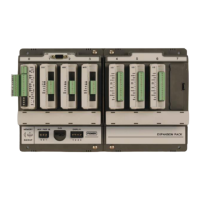
